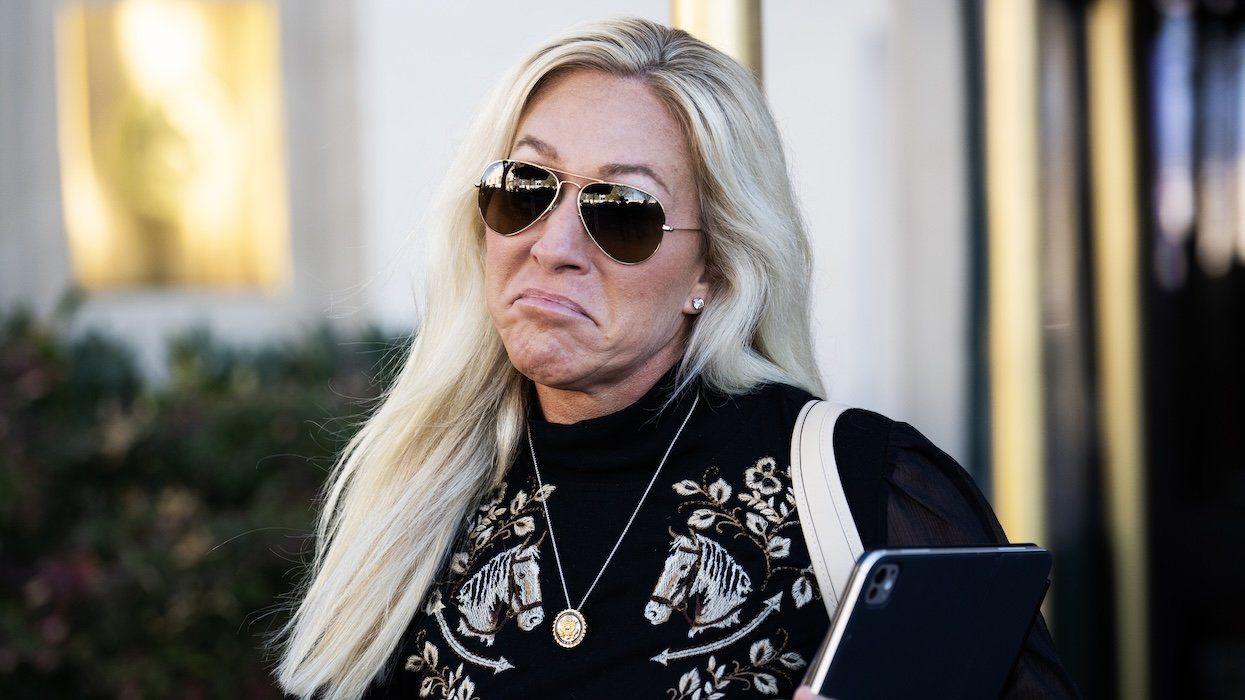CONTACTAbout UsCAREER OPPORTUNITIESADVERTISE WITH USPRIVACY POLICYPRIVACY PREFERENCESTERMS OF USELEGAL NOTICE
© 2025 Equal Entertainment LLC.
All Rights reserved
All Rights reserved
Scroll To Top 

















![]()
By continuing to use our site, you agree to our Privacy Policy and Terms of Use.
Read about Milwaukee LGBT history by clicking 'MORE' button at right
When author Michail Takach pitched us his history book LGBT Milwaukee, we agreed politely to look at it. Then we saw the wonderful photos and read the beautifully researched and very moving text. This book, consisting mostly of photos and detailed captions, takes us from the bad old days of the deep closet to drag queens most glorious, to mega-discos, and beyond. With over 150 images, many never before seen, the rich LGBT history of Milwaukee comes alive. With a foreword by Don Schwamb, founder and webmaster of the Wisconsin LGBT History Project. Available after August 22 at Arcadia Publishing.
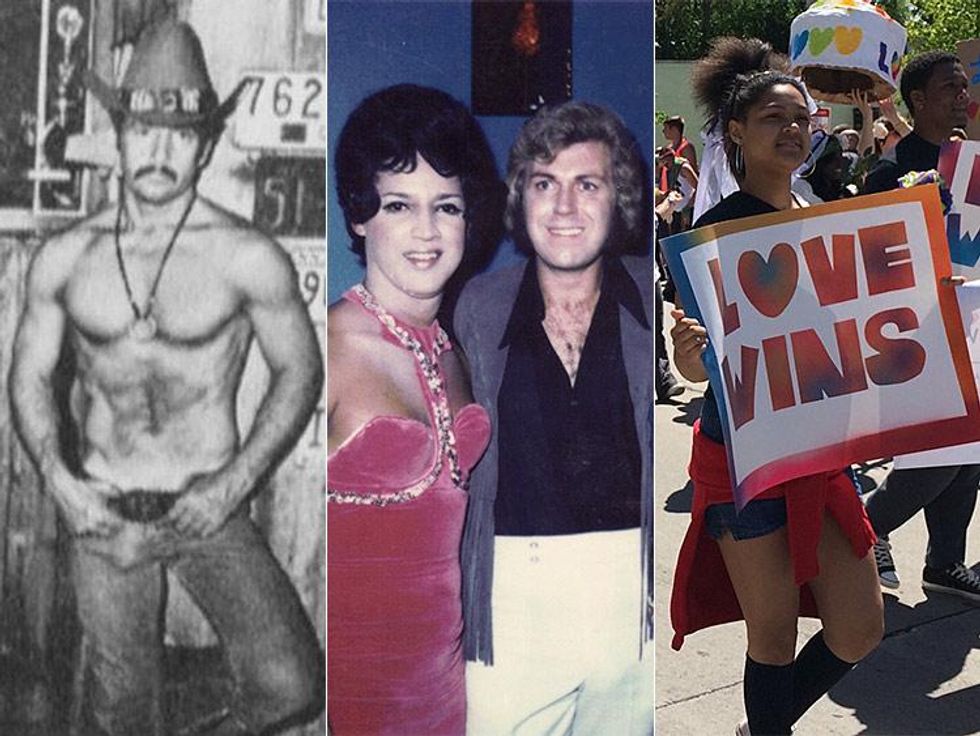
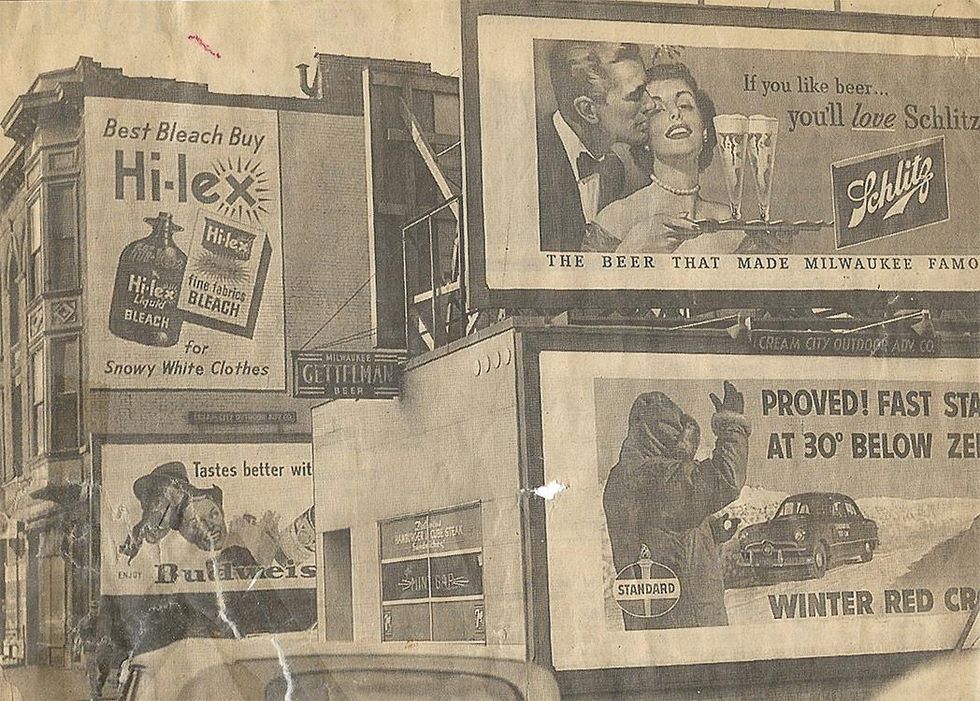
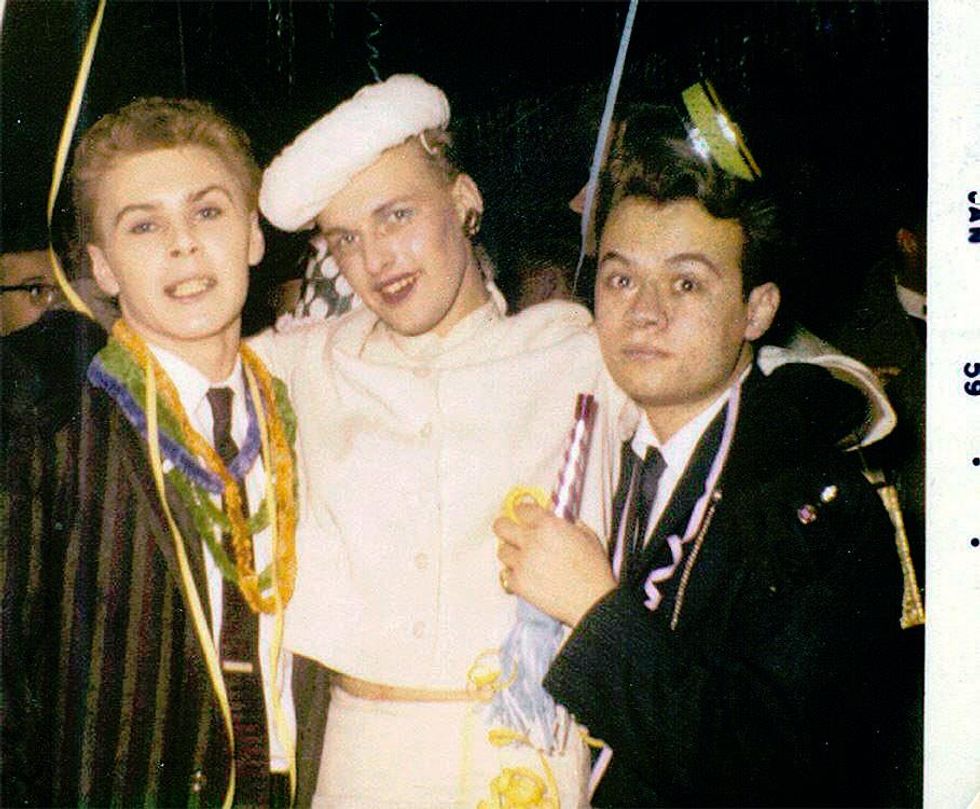
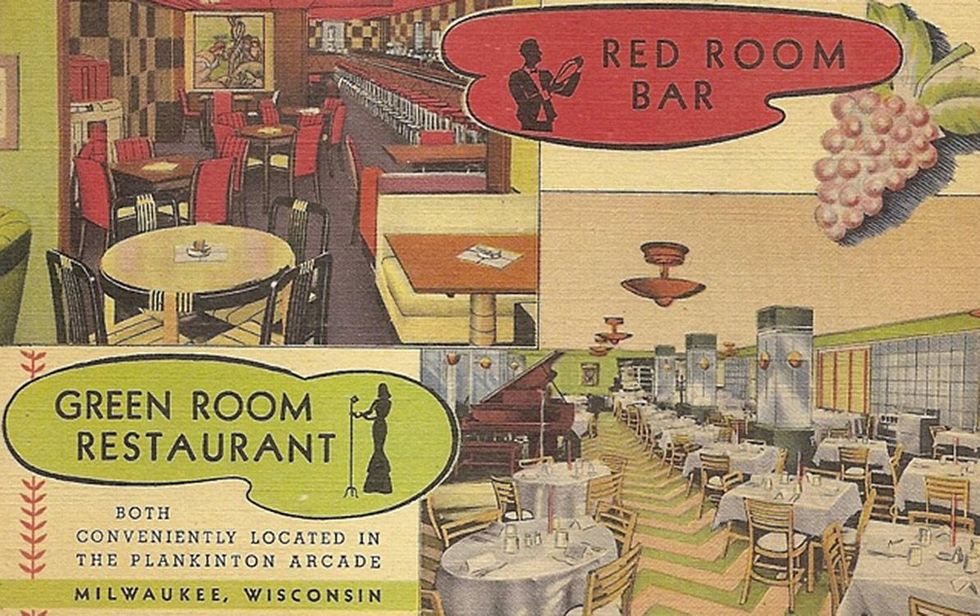
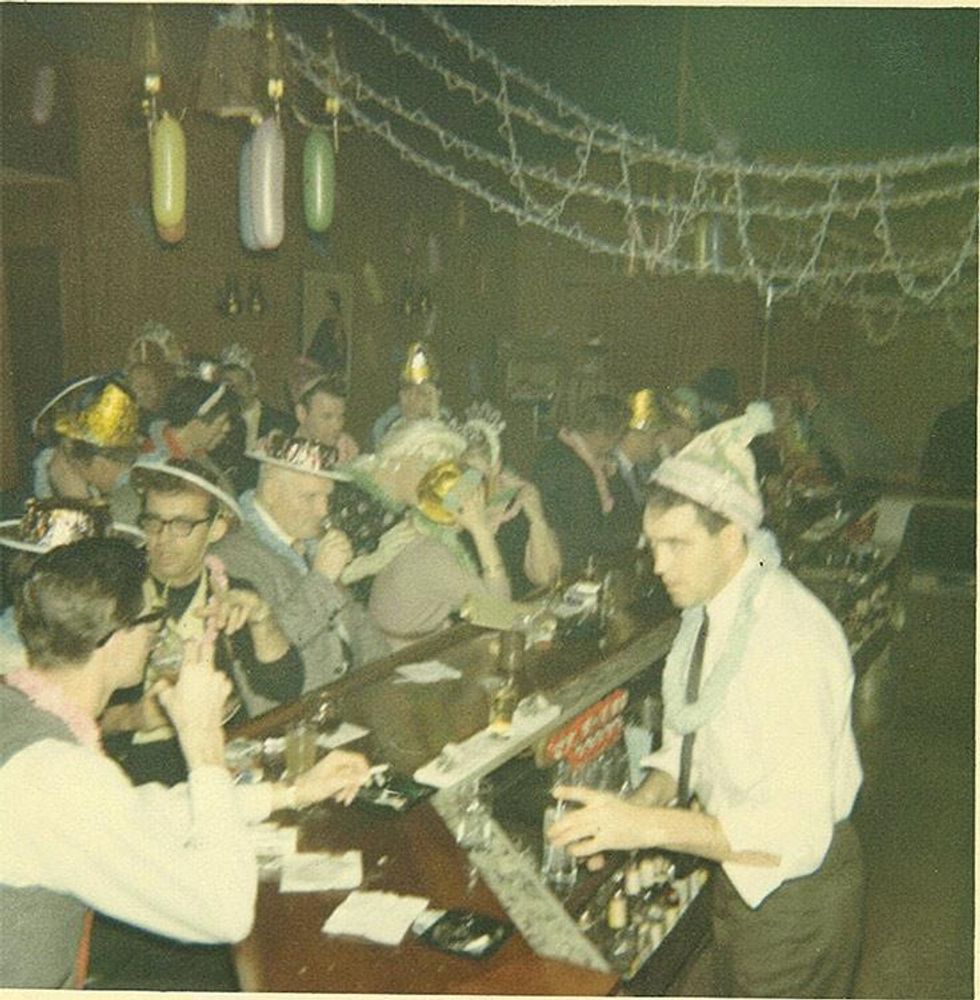
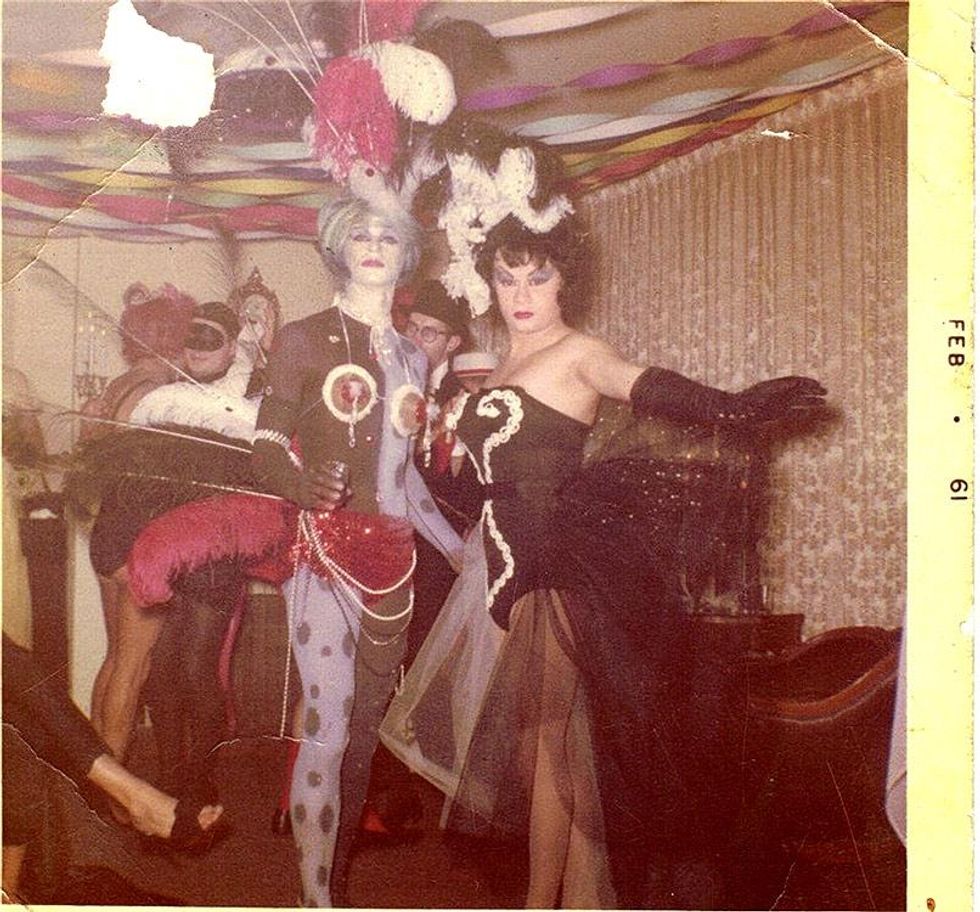
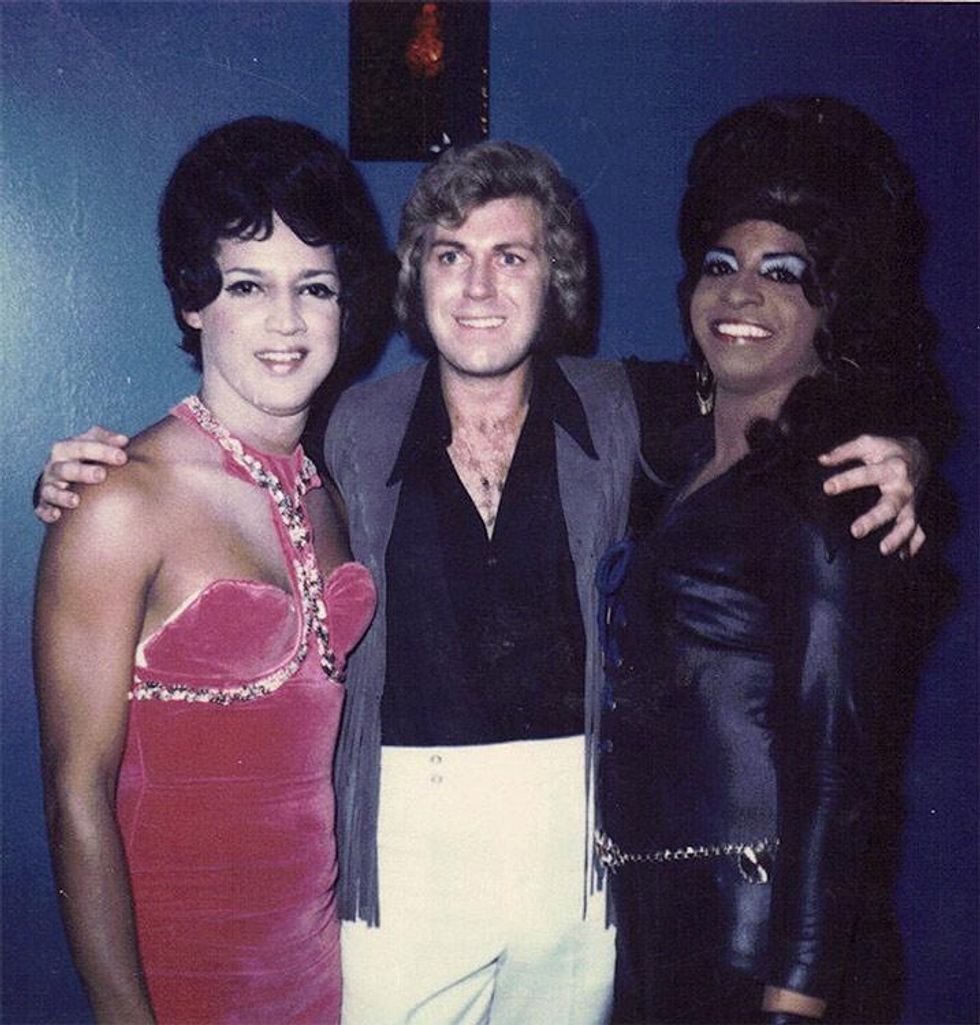
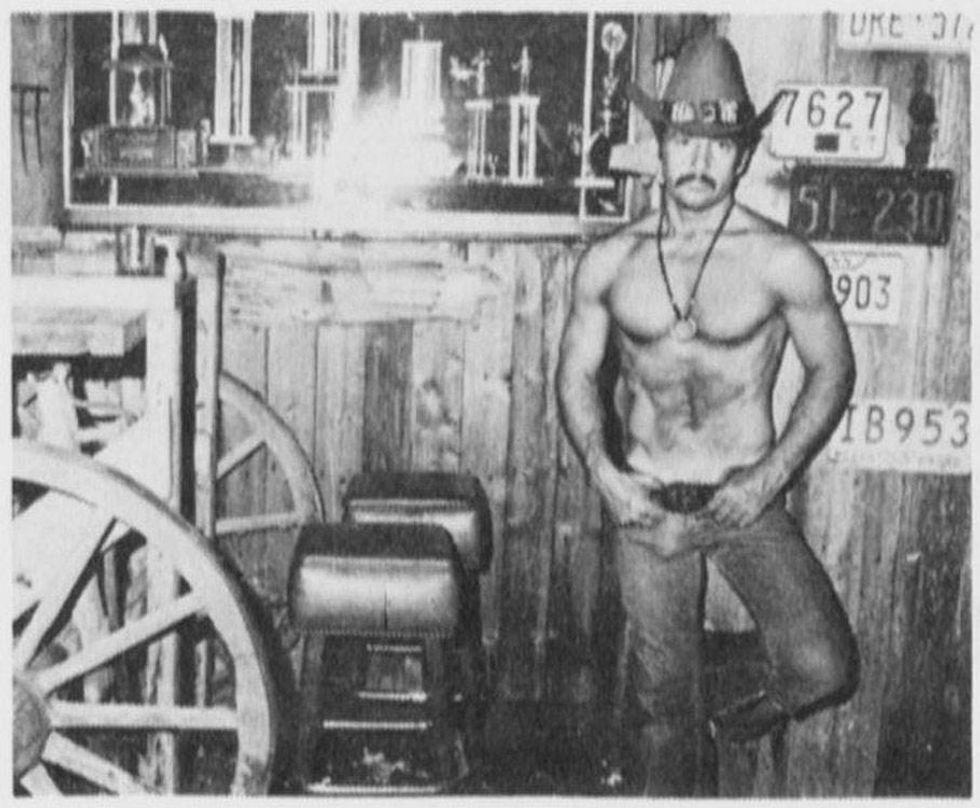
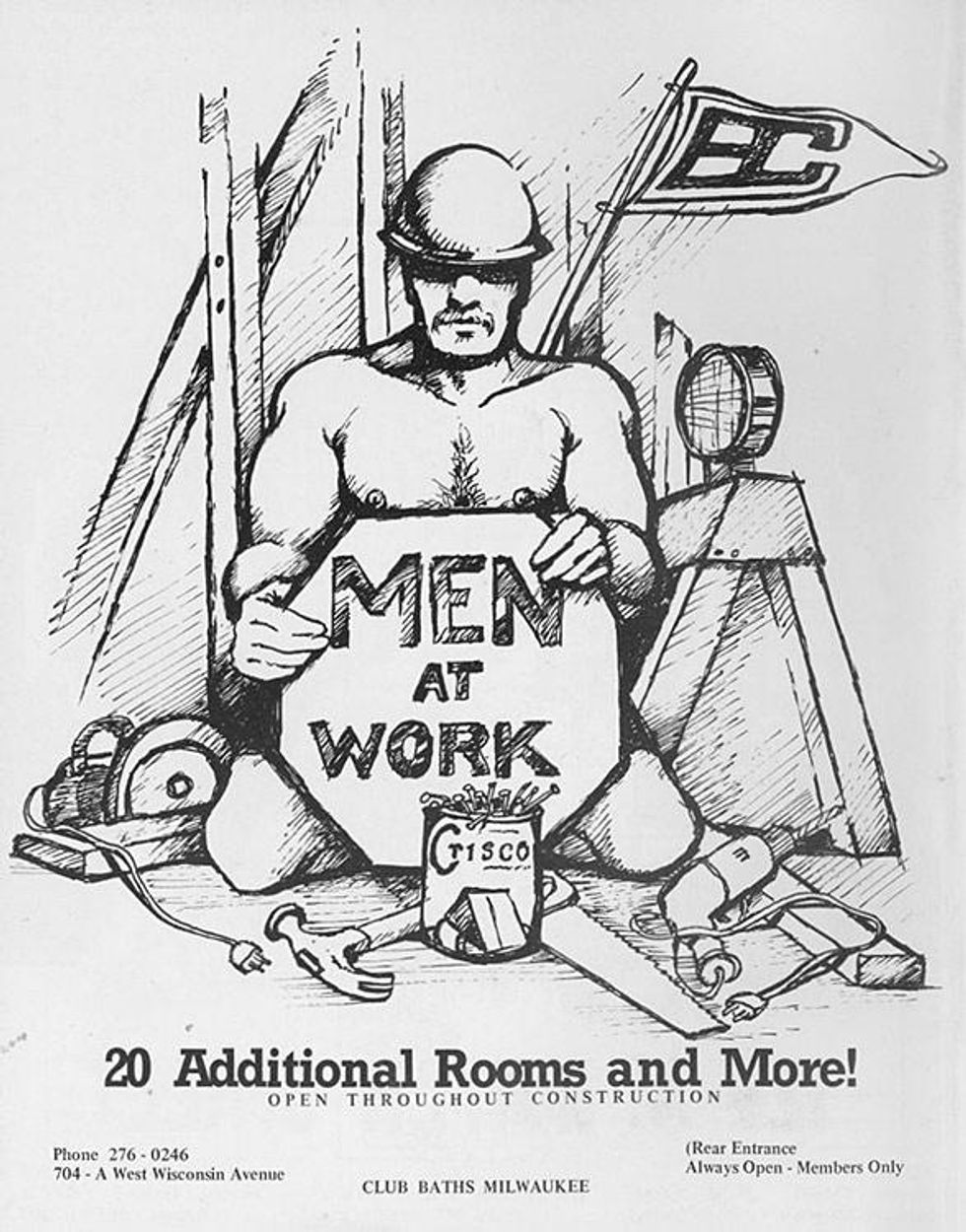
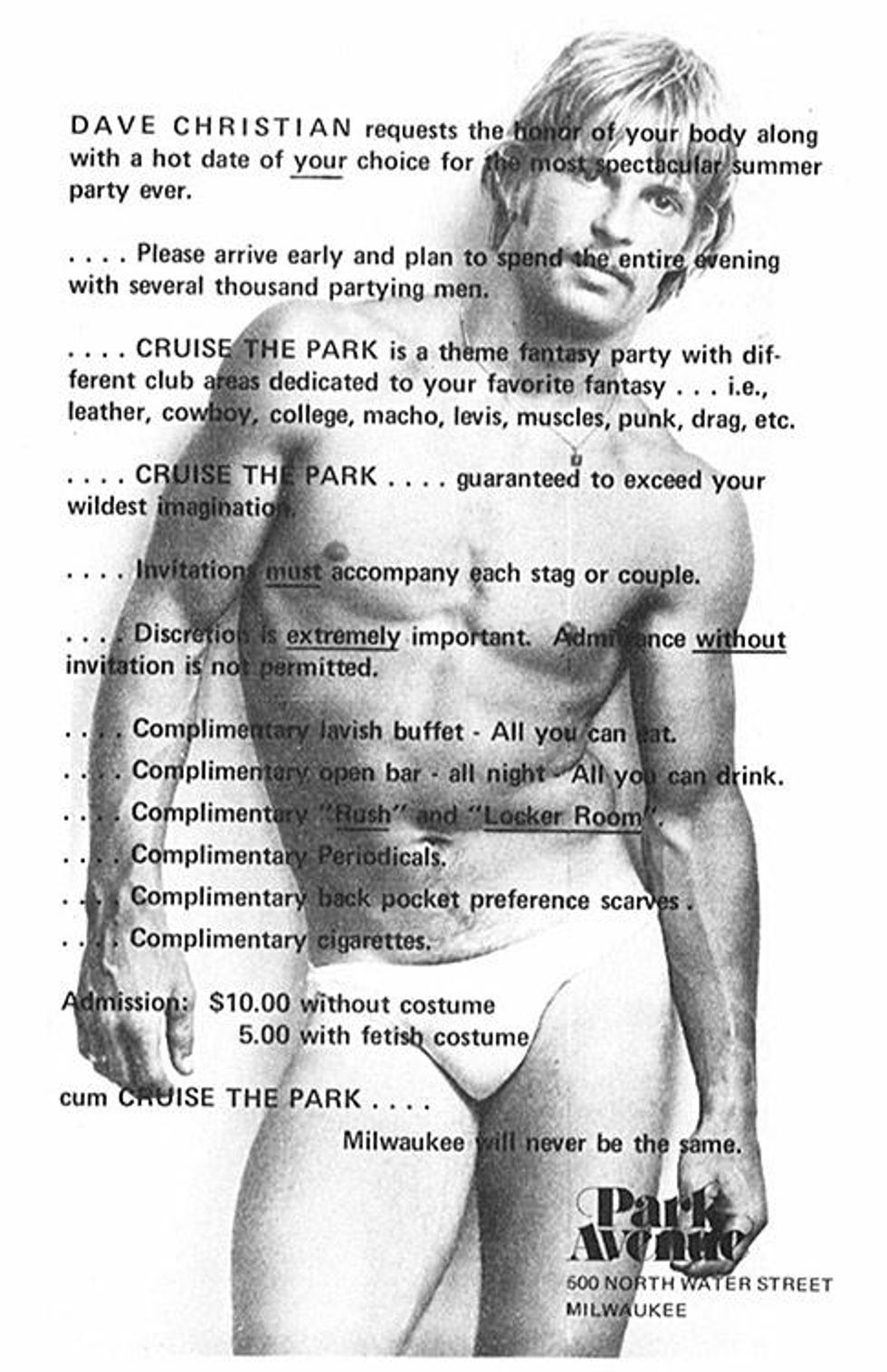
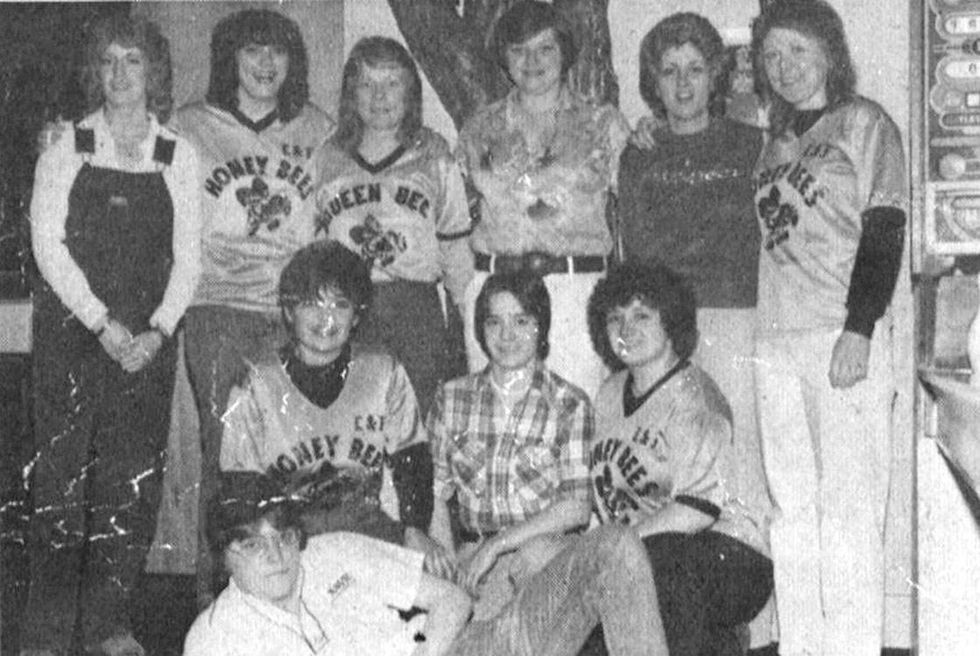
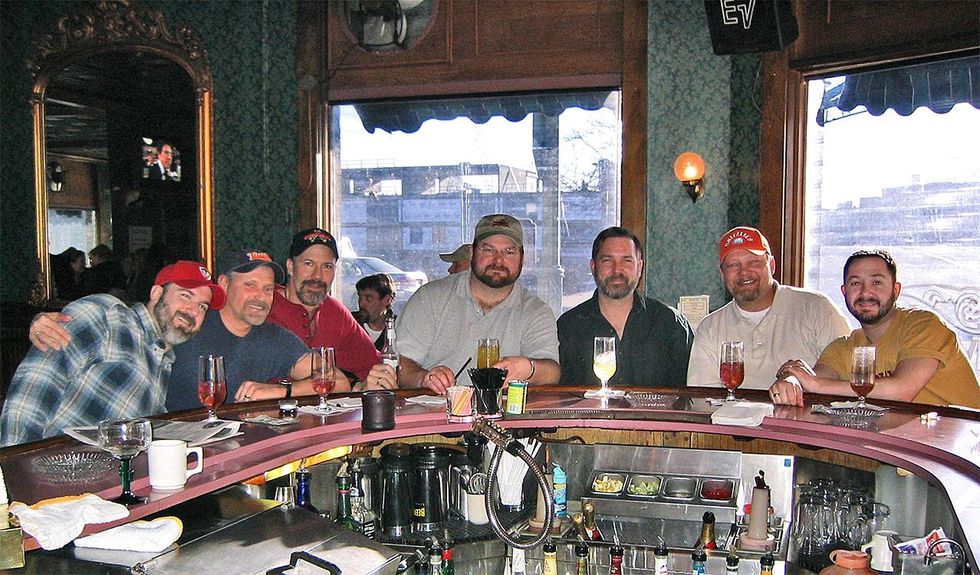
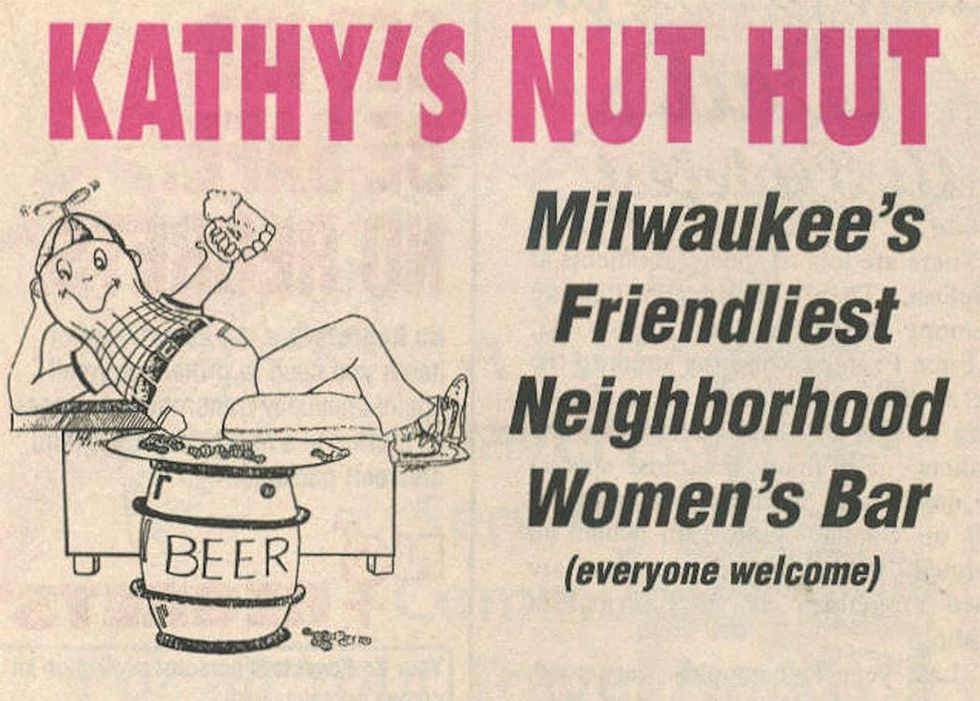
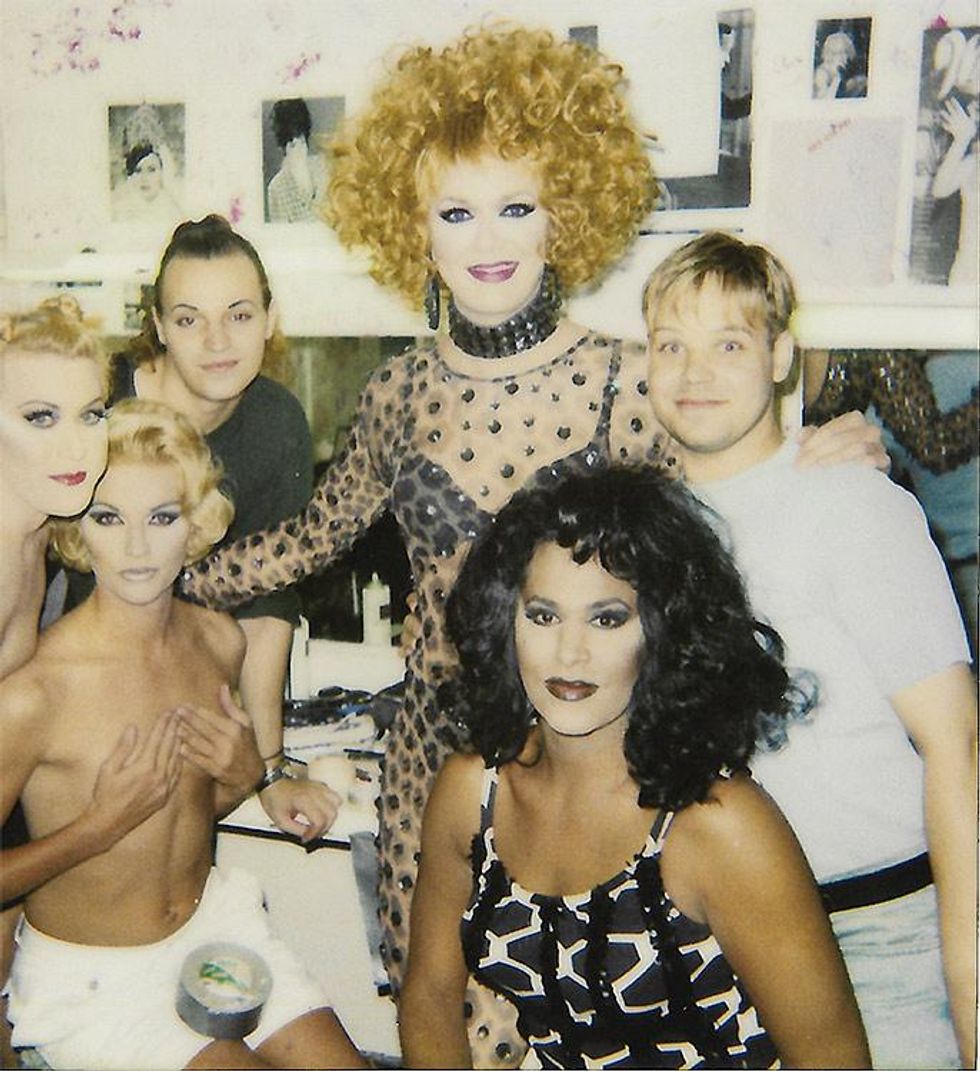
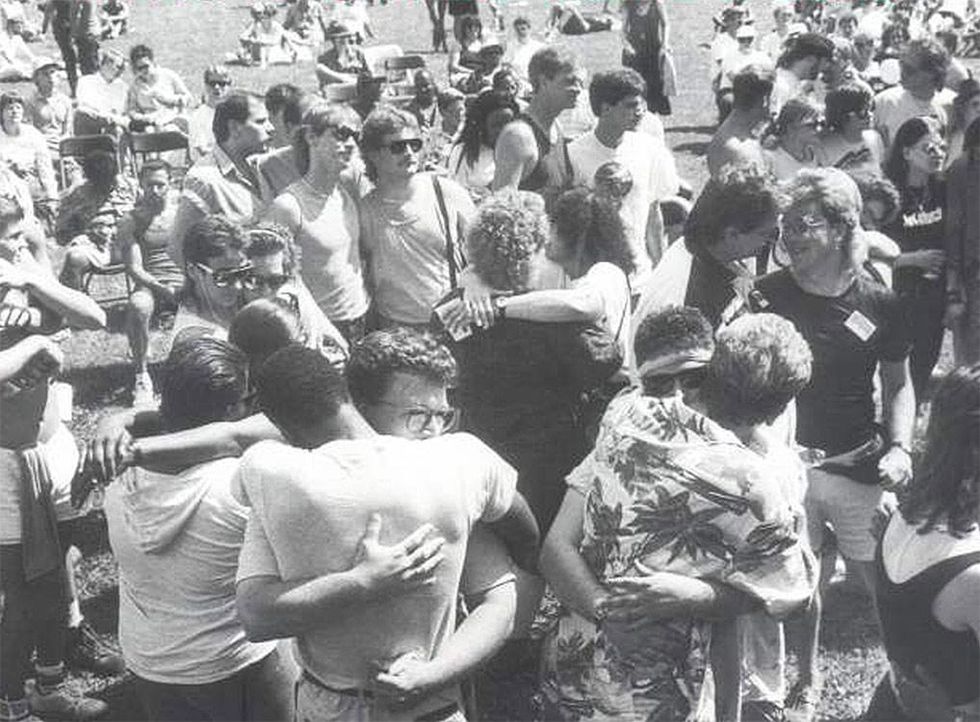
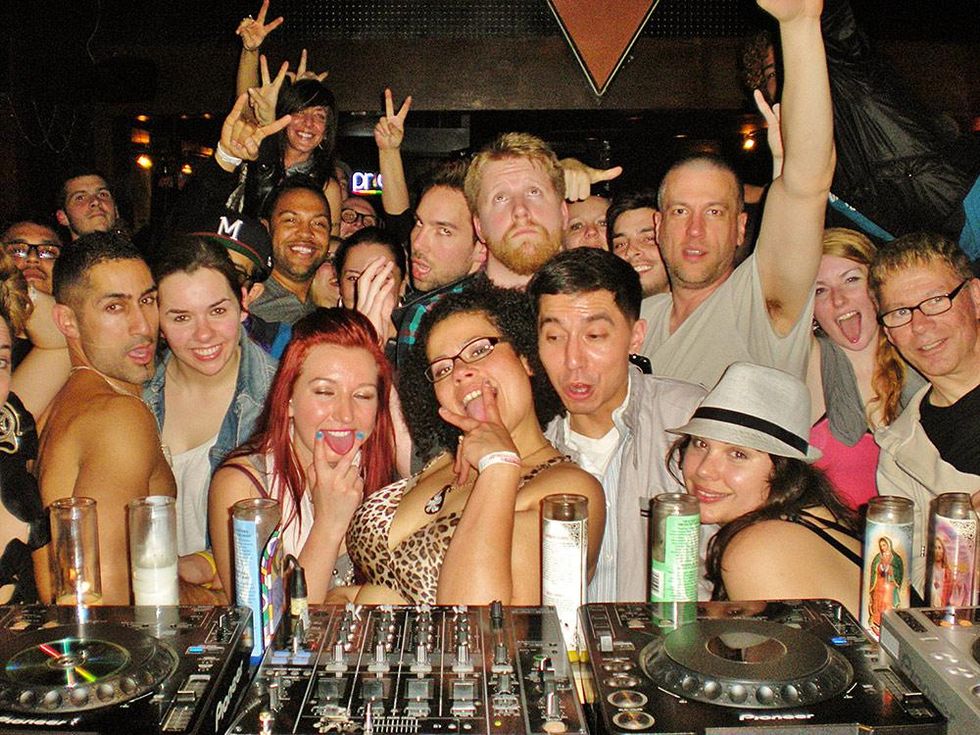
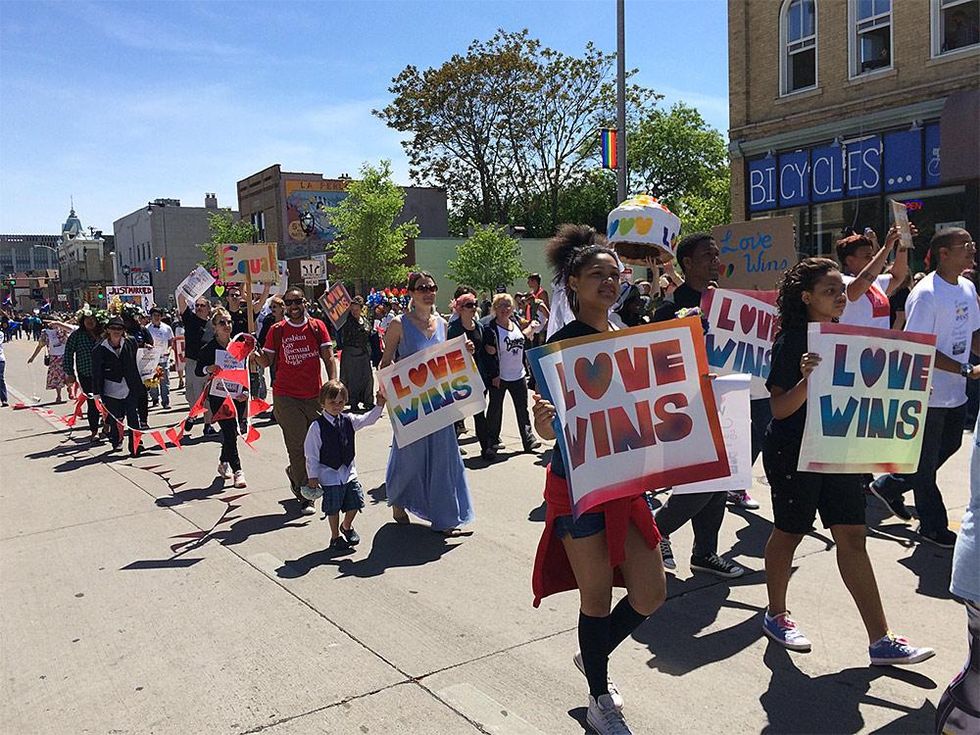
More Galleries
12 movies to watch if you loved ‘Red, White & Royal Blue’
October 27 2025 6:02 PM
LGBTQ+ History Month: 33 queer movies to watch on streaming
October 02 2025 9:02 AM
Drag Me to the Catskills: A weekend of camp and comedy in the woods
May 29 2025 8:30 PM
Boys! Boys! Boys! podcast: A new voice in queer culture
May 01 2025 5:03 PM
Cobblestones, castles, and culture: Your LGBTQ+ guide to Edinburgh
April 30 2025 12:44 PM
